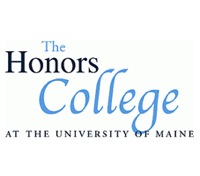Below is a summary of the abstract you submitted. Presenting author(s) is shown in bold.
If any changes need to be made, you can modify the abstract or change the authors.
You can also download a .docx version of this abstract.
If there are any problems, please email Dan at dar78@pitt.edu and he'll take care of them!
This abstract was last modified on March 28, 2025 at 4:14 p.m..

Non-tuberculosis mycobacterial infections [NTM] are increasing globally and are challenging to treat due to antibiotic resistance, highlighting the need for alternative treatments. Mycobacteriophage (phage) are viruses that can infect and kill mycobacteria, thus, phage therapy is an intriguing alternative approach for combating antibiotic-resistant NTM infections. However, phages are incredibly diverse, and not every phage can infect the same host mycobacterial strain. Effective phage therapy requires identifying a phage capable of killing the specific strain of mycobacteria infecting a patient. With the enormous diversity of phage in existence, an estimated 1031 total bacteriophages in the world, efforts have been made by the SEA-PHAGES program to isolate and characterize novel mycobacteriophage (2,615 genomes sequenced), including mycobacteriophage Lea83. Lea83 is a Siphoviridae phage that forms turbid plaques on Mycobacterium smegmatis (mc2155). Lea83 is a temperate cluster K3 phage with a genome length of 61,105 bp, which encodes 99 protein-coding genes and 1 tRNA. Lea83 gp44 encodes a tyrosine integrase and gp47 encodes the immunity repressor, supporting that Lea83 is a temperate phage. Annotation has also identified a group of genes that may be implicated in regulating gene expression as well as several genes with unknown function. Future studies are necessary to validate the function of these putative regulators and determine the role of the genes of unknown function. Already, characterization of Lea83 has provided a foundation for future projects, including experiments aimed to determine the Lea83 host range.
